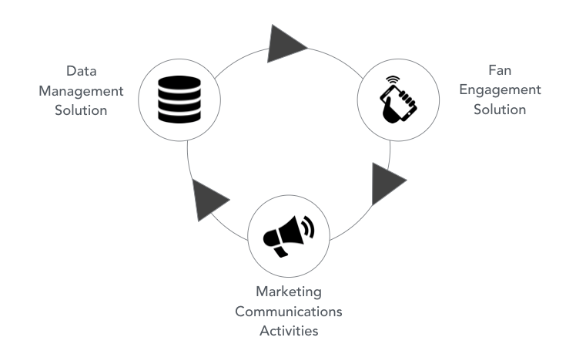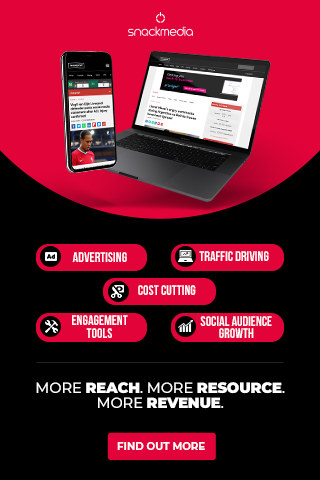Data and Fan Engagement: The Symbiotic Relationship
Sports properties and the marketing/communications teams that are responsible for generating interest and engagement around their brands are always on an endless quest to capture the attention of fans.
Whether through content delivery solutions, in-venue mobile applications or social channels, the goal of fan engagement is often obscured by the “better mousetrap” technology that is used to interact with that fan.
While user experience and value to fan are extremely important when evaluating potential fan engagement platforms, one key element is often overlooked by those making the decision: what kind of data can it generate?
Fan Engagement platforms and activities usually aim at the potential interaction between the brand and fan with the hope that this is driving potential revenue (sponsorship, ticket sales, etc.) or building a deeper link between that fan and the property.
But the resulting data that each platform has the ability to produce is equally as important and can be a powerful source of new fan information. In fact, there is a symbiotic relationship between the two and if done right, the savvy marketer can create a self-perpetuating data cycle that will help them learn more about who their fans are and what they want.
The first question I always ask when evaluating new Fan Engagement Solutions is “what is the reporting capabilities of the platform?” – meaning, can you export a report of:
- Who has signed up, signed on, or interacted
- What particular activities did they participate in
- What revenue was generated from what product (if there is integrated e-commerce)
There are all kinds of new technologies that make it easier for properties to engage their fan base with both in-venue and out, but if they can’t export the resulting data it makes that technology a lot less valuable to brand.
The new data coming in from the solution can and should act to help connect the dots on PII (Personally Identifiable Information) data to help with new leads and/or updating existing information you may have on a fan, Fan Interest data (what particular sports they like, what content they like to consume) and lastly, potential demo-psycho-graphic data points (Homeowner, Has Kids) all of which can help to better segment your user base for more customised messaging and customised experience.
Dan Libro has worked in the sports industry for nearly 10 years and is a co-founder of Circle Media, where he manages their Data Management Solution.
About author
You might also like
Mallory Group Launches White Paper on the ‘New Normal’ for Sports Rights Holders
Sport is proving to be one of the high-profile business casualties of the Covid-19 pandemic. However, its slow and structured return will be a key factor in life entering the
The seven essentials for achieving successful sports branding
By Daniela McVicker When it comes to sports, great branding is a must. Your brand influences how people see your company or team. It helps you to forge connections with
Live Chat: A New Social Experience in Sports
Article written by John S. Kim, CEO and co-founder of global API company SendBird Social media rose to prominence throughout the world due to its potential for connection. Social channels provided the









